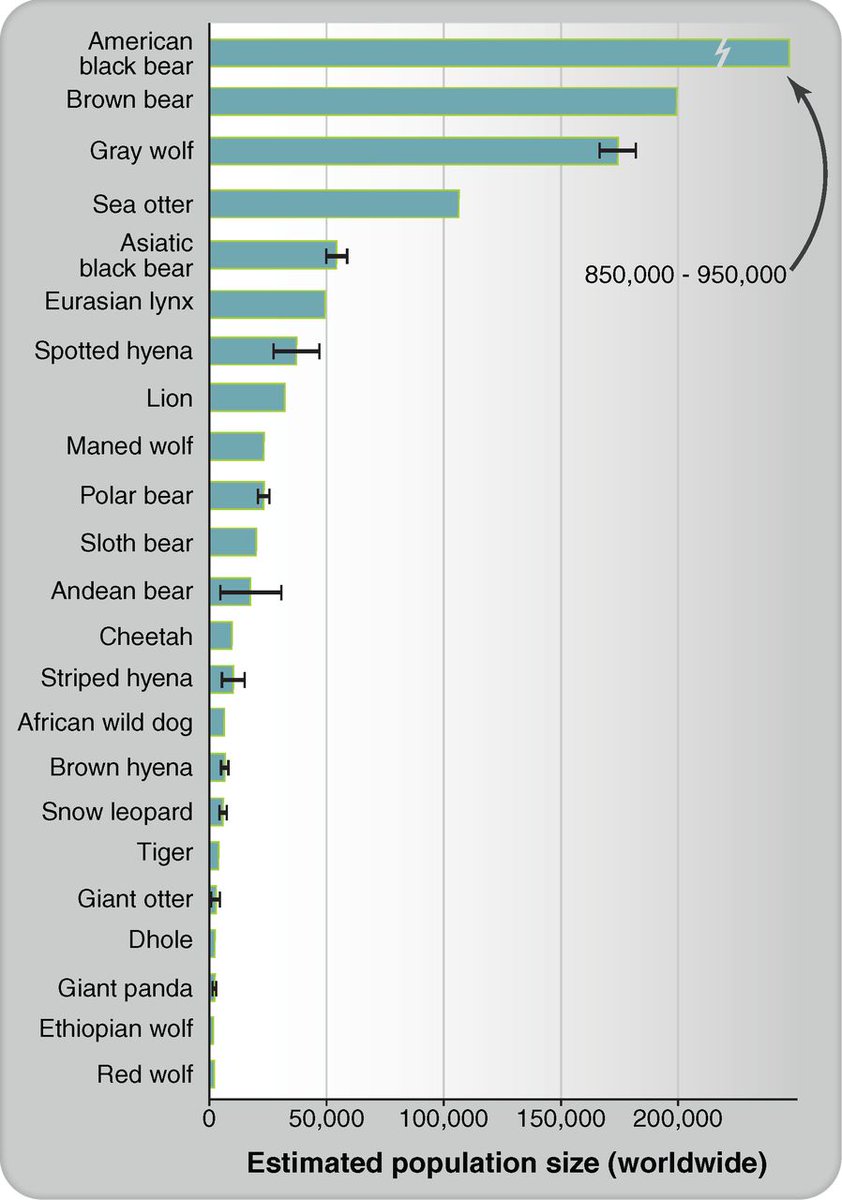


✅Visit national parks; your entrance fees will help fund conservation
✅Donate to wildlife charities to support their work
✅Vote for political parties who care about the environment...
✅Buy sustainable products
✅Sign petitions to keep national parks protected
✅Don't buy illegal wildlife products
✅Don't share photos of you with wild carnivores as this fuels the pet trade of wild animals







